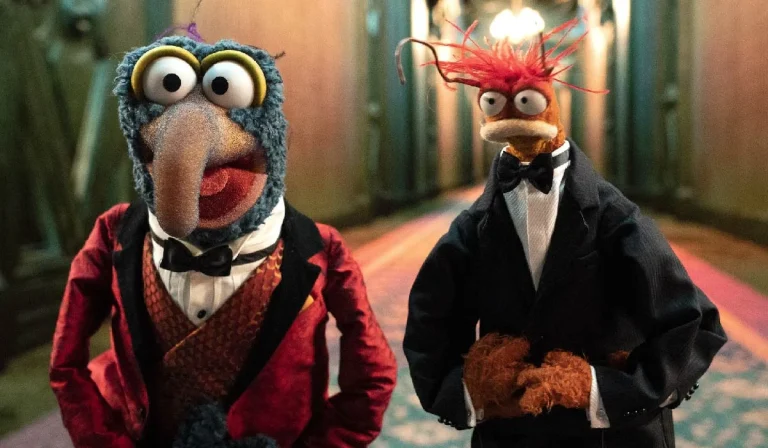
Illustrating your own children’s book can seem like an overwhelming task, but it doesn’t have to be if you follow simple approaches. There are plenty of steps you can take that will make the process much easier and smoother while also helping you keep a clear vision throughout the book’s creation.
In this article, we’ll walk you through all the steps to creating a perfectly designed children’s book and making it stand out among other books on the market.
- Choose Your Story Carefully
Choosing your story is one of the most important decisions you will make. It can determine what your illustrations look like, and how much time it takes to create a book. Expert writers and book designers recommend choosing a story that is about something the children are interested in or going through.
For example, if you are writing for children who have just started learning how to ride a bike, then you might want to consider creating a book that centers around an adventure they go on while learning this new skill.
- Find the Perfect Illustrator
Finding the perfect illustrator is key to a successful illustrated children’s book. It can be somewhat difficult, but it doesn’t have to be. To find the right artist for your project, start with these three questions:
- What is your budget?
- What are your deadlines?
- What is your favorite style of art?
- What words would you use to describe your story?
Once you know all this information about yourself and what you’re looking for in a perfect children’s book designer, the process will be much easier and more enjoyable.
- Assist the Illustrator With your Thoughts
In order for your children’s book to be successful, you need great illustrations. In order to have great illustrations you have to work with a professional illustrator. The first step is to find a good illustrator that can make your vision come alive.
Once you’ve found one, collaborate with them and share your story so they can see what kind of visuals they’ll need. From there, they will create rough sketches and then finalize them with color and detail until they’re complete and ready to go on press.
- Write a Great Manuscript
The first step of writing a children’s book is to brainstorm the best you can. Brainstorming gives you an idea of what your story will be about and what it will look like. Once you have an idea for your story, you can create a list of words that describe your story.
For example, if you are writing about a group of animals who live on a farm, words such as grass, chickens, animals, barn, and so on could be included in this list. You should also write down any scenes or settings you want to include in your story.
Keep these two lists in mind and always close by while you write the manuscript because they can help guide your decisions during writing.
- Find a Book Editor to Edit the Manuscript
Editing your children’s book can be tough, but it is necessary. A good editor will help you find mistakes in grammar and punctuation, help you write a better storyline, and give you advice on how to make your illustrations look their best.
Moreover, it feels amazing when someone reads your story with fresh eyes and finds new things that you didn’t even notice before. Finding an editor can take some time, so don’t wait until the last minute. You might have to do some research to find one who knows what they are doing with illustrated books like yours.
- Decide Your Book Trim Size
Children’s books are usually trimmed in standard book trim sizes. The size you trim your book will depend on what you plan to do with it once it is completed. If you plan on creating a hardcover book, then it would be best to trim your pages to 5×8.
This size will accommodate most hardcover bindings. If you want your book to be paperback and have more traditional trim dimensions, then consider trimming your page dimensions to 5×7. Also, decide how many pictures you plan to use per page.
Pictures should generally take up one-fourth of a page each when children’s books are made for ages three and under. However, for children ages four through six, pictures should take up one-third of a page each. Whereas, for older children’s picture books, pictures should take up half the space on the page.
- Choose the Right Font Style and Color
First of all, you must know that children’s books are read by both parents and children alike. And since there are so many options for fonts and colors out there, it can be hard to choose just one. We are going to share with you a few things you need to consider before choosing your book’s design as a writer.
It will help you find something that will keep children attracted to the book for years. First, make sure you know what age group the book is for. Second, decide on a font style and color that would appeal most to children in this age group.
Thirdly, take into account their attention span when picking how long each page should be. Finally, select an illustrator whose work inspires creativity in both adults and children.
- Get Sketches for the Book’s Cover
If you’re looking to illustrate your own children’s book, there are a few things you should keep in mind. First, start with your cover design. This is what will grab the attention of potential readers and viewers. We recommend starting with a rough sketch of what you want it to look like before going into more detail.
Keep in mind that this is just for brainstorming purposes and may not be entirely accurate when it comes time for publication.
- Get Feedback from Children
Your children will definitely be your first and best critics, so it’s important to get their input on how they like the look of your book. If you’re still designing it, show them some illustrations or sketches so they can help you decide on a direction.
If you’ve already created your illustrated children’s book, ask them what they like best about it. Then make sure to let them see it when you’re done. It will help you choose the best design for your book that will boost sales.








